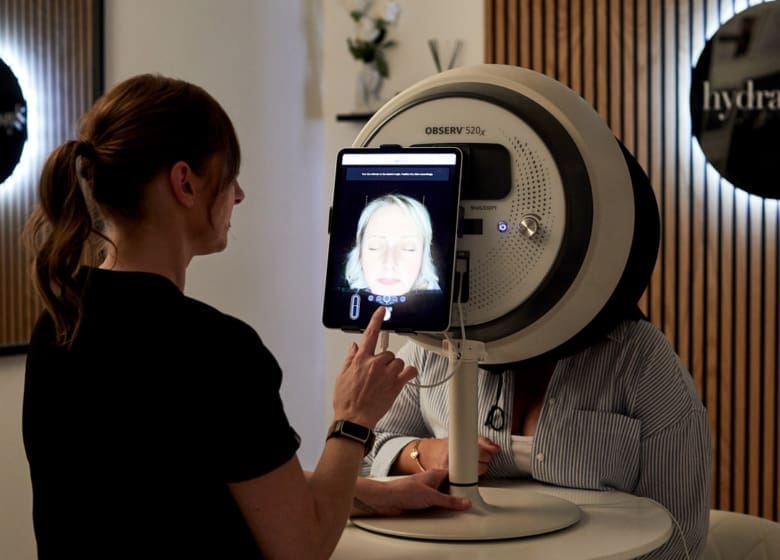When UV rays penetrate the skin the body responds by producing more melanin; the natural pigment that determines the skin’s tone. Getting a tan is one example of excess melanin becoming visible on the surface. Whilst many people love the look of a ‘golden glow’, melanin is produced to help protect the skin’s cells so can be an indication of potential damage. A tan will eventually fade as pigmented cells on the surface will naturally become expelled. However, when the deeper cells become pigmented as a result of sun exposure, it is permanent.
Melanin will cause the affected cells to go darker in colour, and through frequent sun exposure over many years, there is the potential for darkened cells to accumulate and bunch together. This will cause them to become visible on the surface, often as a darkened patch of skin.
Age spots can develop anywhere on the body where they have been regularly exposed to the sun, particularly the face, shoulders and arms. Melasma usually affects the face which is why it too is attributed to sun exposure, although hormonal changes and medications are also considered as contributing factors.










